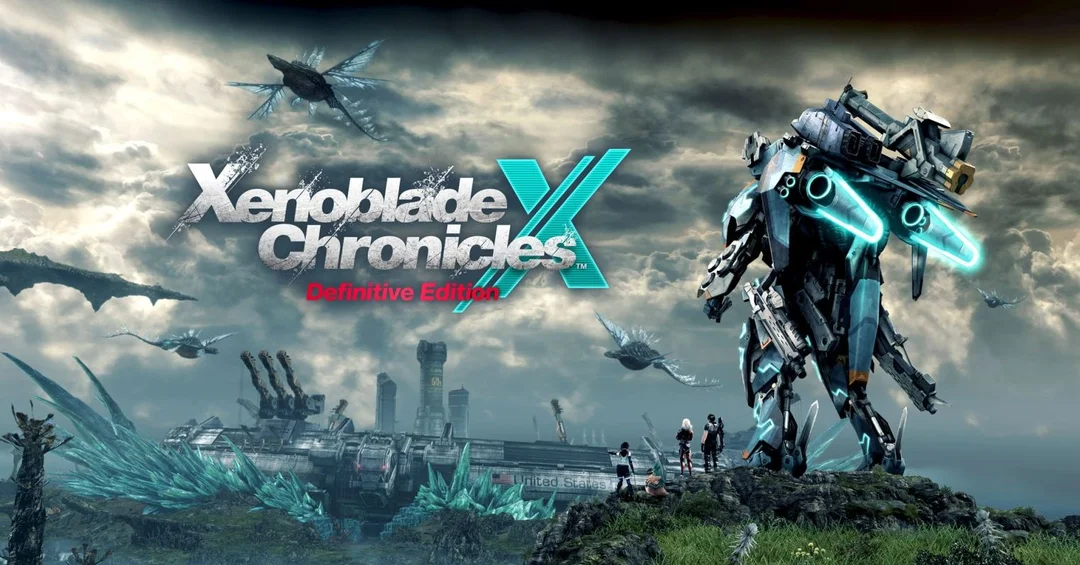
Monolith Soft’s Development Secrets: Procedural Generation and ‘Bottom-Up’ Hierarchy Fuel Xenoblade’s Success
Monolith Soft, the studio behind the critically acclaimed Xenoblade Chronicles series, has revealed key insights into its development process, showcasing how procedural generation and a unique 'bottom-up' management style contribute to their success. These revelations offer a glimpse into how the studio manages to create vast, detailed worlds while fostering a collaborative and innovative work environment.
One of the major takeaways is Monolith Soft's embrace of procedural asset generation. In an interview with CG World, developers Yoichi Akizuki, Mitsuhiro Hirose, and Takashi Shibahara discussed how incorporating tools like Houdini significantly eased the creation of Xenoblade Chronicles 3's expansive world map. This technique allows developers to create algorithms that automatically generate numerous assets based on predefined rules, drastically reducing the manual labor involved in populating large environments.
"The main reason for the introduction [of procedural asset generation] was to cope with the increasing volume of assets required for games," Akizuki explained. He noted that the number of assets had grown exponentially with each new Xenoblade game, making manual creation increasingly unsustainable. By automating the placement process, the team could focus their resources on core gameplay elements and other crucial art assets.
The use of procedural generation also helped with collision detection. Roughly 70% of the collision processing was automated through procedural techniques, and the other 30% manually tuned, which also dramatically reduced man-hours.
Houdini, in particular, empowers technical artists and designers to make tweaks to the world without needing programmers, freeing up programmers to improve the environment. This has enabled Monolith Soft to explore more advanced techniques. As Hirose mentioned team looks to use automatic generation for faster build of cityscapes by pressing a button to automatically generate buildings.
Beyond technology, Monolith Soft emphasizes a 'bottom-up' hierarchy, fostering a collaborative and open environment. Programmer Takashi Shibahara noted that leadership empowers frontline developers and actively listens to on-site feedback. This structure emphasizes ingenuity and individual contribution, positively impacting the quality of final product.
Akizuki added "I don’t feel any organizational borders... We’re constantly in touch because we’re all working toward the same goal - making the game better.”
Monolith Soft's approach highlights the importance of both technological innovation and a supportive work culture in modern game development. By embracing procedural generation and prioritizing collaboration, they've managed to create immersive and engaging worlds that resonate with players.
What aspects of game development do you think will be most impacted by AI and procedural generation in the future? Share your thoughts in the comments below!